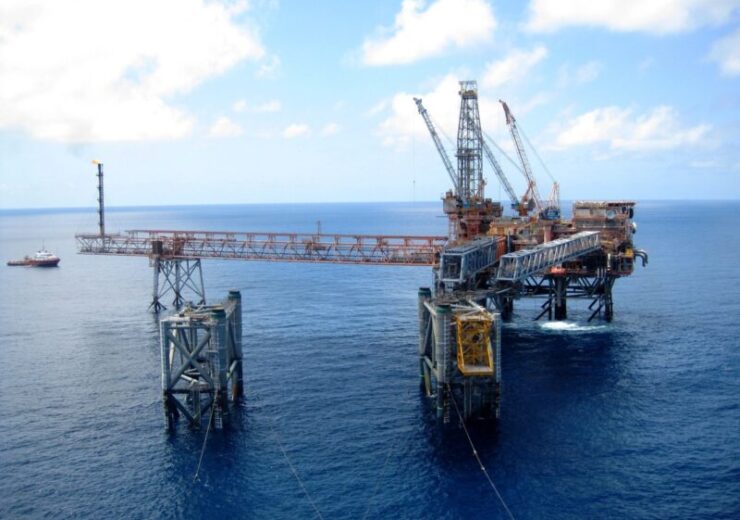Discovered in 2014 and appraised by the drilling of the SL-2 and KL-2 wells in 2021, the offshore Indonesian gas field is believed to hold nearly 100 million barrels of oil equivalent per day

Harbour Energy is partnered by Zarubezhneft in the Tuna offshore gas field. (Credit: QR9iudjz0/Freeimages)
Harbour Energy has secured approval for the $3.07bn initial plan of development for the Tuna offshore gas field in the South China Sea from the Indonesian government, as per the country’s upstream oil and gas regulator SKK Migas.
The UK-listed company submitted the plan of development for the Tuna field for government review in October 2022.
The offshore field is located near the Indonesian-Vietnam maritime border. It is projected to achieve peak production of 115 million standard cubic feet per day (MMSCFD) in 2027, reported Reuters, citing SKK Migas spokesperson Mohammad Kemal.
Harbour Energy, which was formed in 2021 through the merger of Premier Oil and Chrysaor, is the operator of the Tuna offshore block with a 50% stake. The offshore block was awarded in 2007 to Premier Oil by the Indonesian government.
The company’s partner in the Tuna block is Russia-based Zarubezhneft, which holds the remaining 50% stake.
The Tuna field was discovered in 2014 and was appraised by the drilling of the SL-2 and KL-2 wells in 2021. It is believed to hold nearly 100 million barrels of oil equivalent per day (mmboe).
Indonesia’s Energy Minister Arifin Tasrif in the past said that the natural gas drawn from the Tuna field is likely to be exported to Vietnam from 2026 onwards.
According to SKK Migas chairman Dwi Soetjipto, the project will reap not only economic benefits but will also underline the maritime entitlements of Indonesia.
Soetjipto, has been quoted by the publication, as saying: “There will be activity in the border area which is one of the world’s geopolitical hot spots.
“The Indonesian navy will also participate in securing the upstream oil and gas project so that economically and politically, it becomes an affirmation of Indonesia’s sovereignty.”
